
Deer
What kind of animal is Deer?
Example of the color palette for the image of Deer
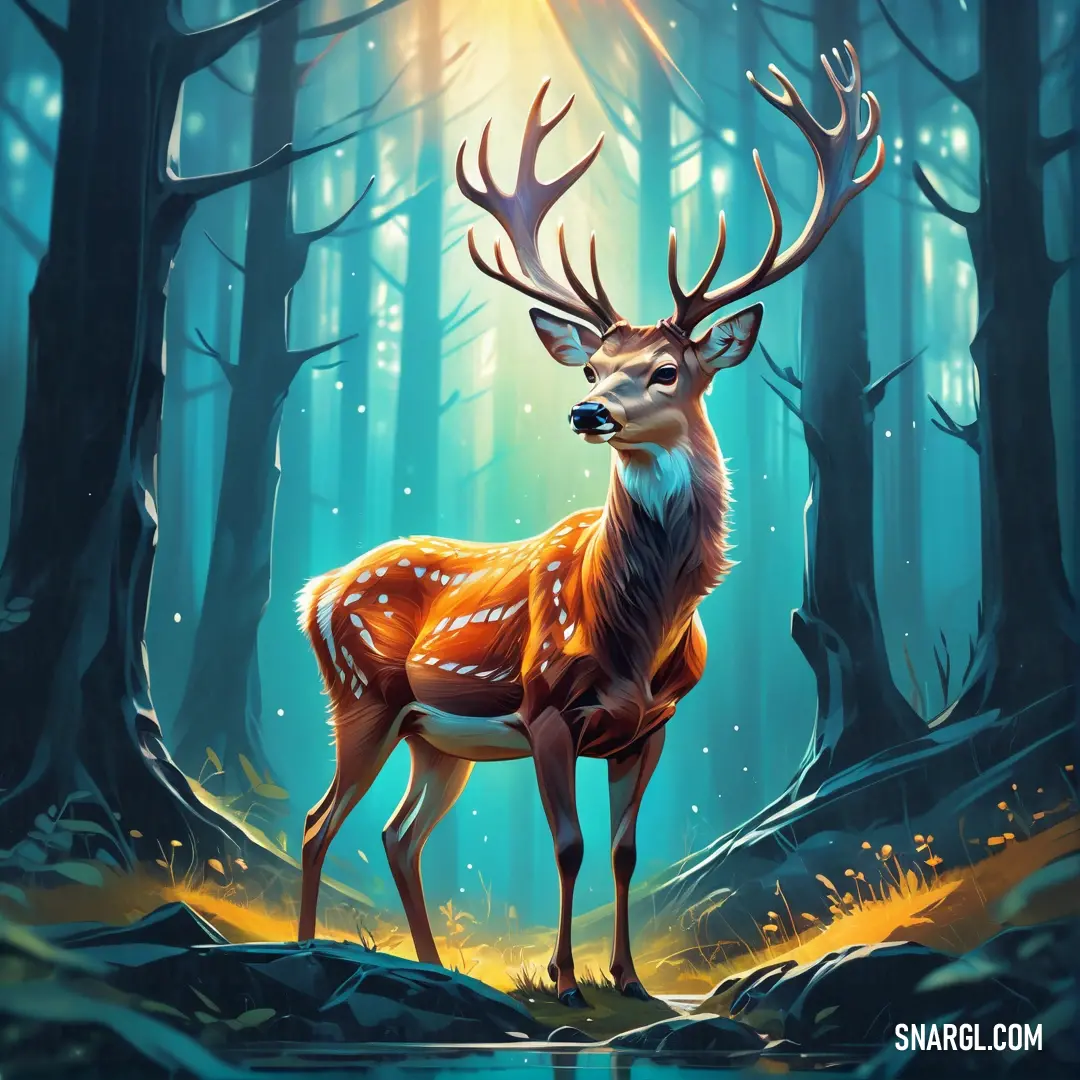
See these colors in NCS, PANTONE, RAL palettes...
What is the animal Deer known for?
They belong to the family Cervidae, which includes about 43 species of hoofed animals with antlers.
Some of the most common deer species are the white-tailed deer, the mule deer, the moose, the caribou, and the elk.
Deer are native to all continents except Australia and Antarctica, and they can live in a variety of habitats, from forests and grasslands to mountains and swamps.
One of the most distinctive features of deer is their antlers, which are bony growths that emerge from the skull and shed every year.
Antlers are used for fighting, display, and defense.
Most deer species have antlers only in males, but the caribou (also known as reindeer) has antlers in both sexes.
The only deer species that does not have antlers is the Chinese water deer, which has long canine teeth instead.
Deer are also known for being herbivorous animals that feed on plants, fruits, nuts, and fungi.
They have a four-chambered stomach that allows them to digest tough plant material.
Deer are ruminants, which means they regurgitate and re-chew their food.
Deer have a keen sense of smell, hearing, and vision, which help them detect predators and communicate with each other.
Deer can make various sounds, such as bleats, grunts, barks, and snorts.
Deer are social animals that form groups based on age, sex, and season.
Some deer species live in large herds, such as the caribou, which can migrate thousands of miles in search of food and mates.
Other deer species live in smaller groups or are solitary, such as the moose, which prefers to live alone or in pairs.
Deer usually mate in the fall or winter, and give birth to one or two fawns in the spring or summer.
Fawns are born with spots that help them camouflage in the vegetation.
Deer are important animals for many cultures and ecosystems.
They have been hunted for their meat, skin, antlers, and bones for thousands of years.
They are also revered as symbols of grace, beauty, and spirituality in many religions and myths.
Deer play a vital role in maintaining the balance of nature by dispersing seeds, controlling plant growth, and providing food for other animals.
However, deer also face many threats, such as habitat loss, overhunting, disease, and climate change.
Deer are fascinating creatures that have adapted to many different environments and challenges.
They are known for their diversity, their antlers, their diet, their behavior, and their significance.
Deer are an integral part of the natural world and deserve our respect and protection.
Example of the color palette for the image of Deer
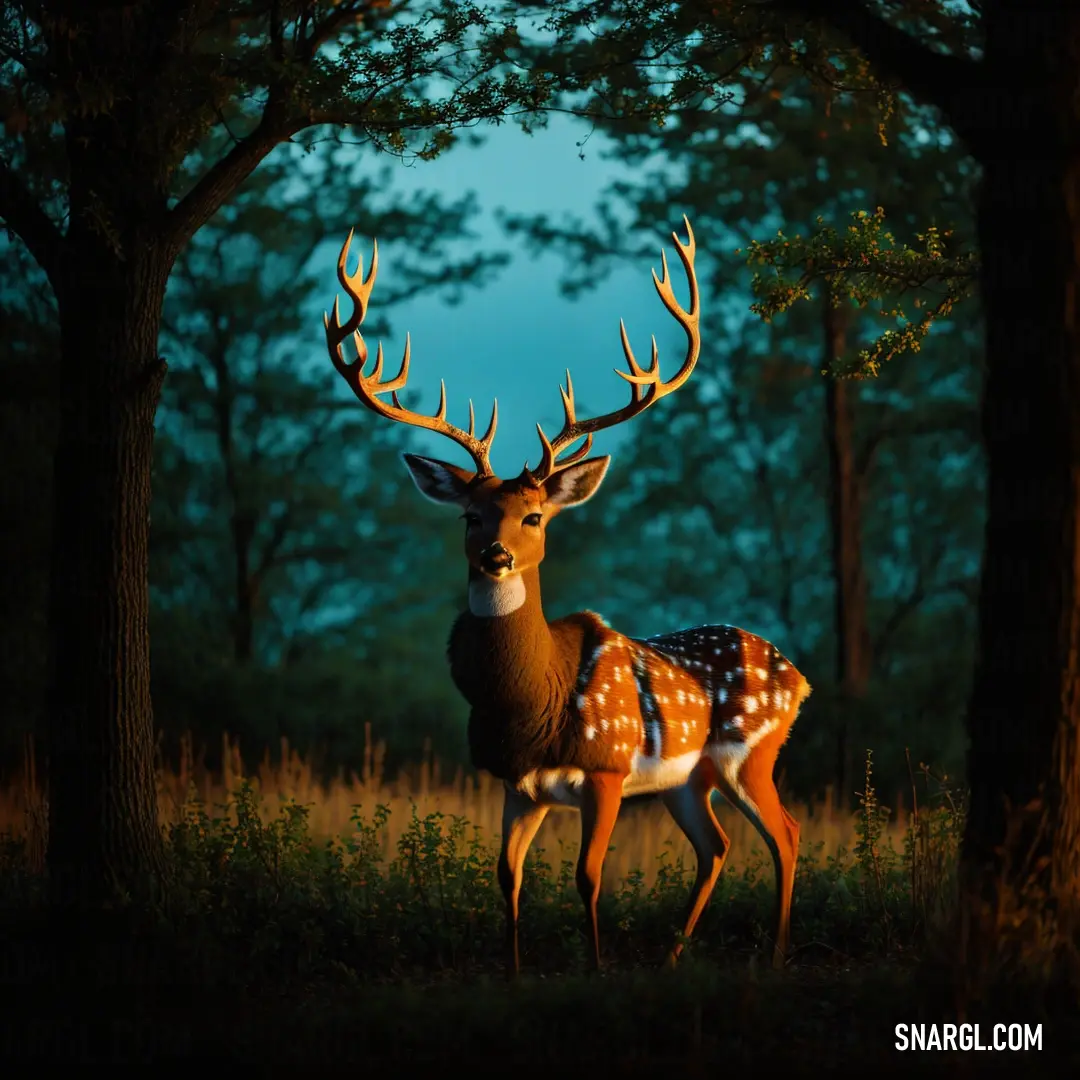
See these colors in NCS, PANTONE, RAL palettes...
Where does the Deer live?
Deer are widely distributed in all continents except Antarctica and Australia.
They are herbivores, meaning they eat only plants, and they have different dietary preferences depending on the season and their reproductive cycle.
Deer also need good cover to hide from predators and to raise their young.
Deer are highly adaptable animals and can thrive in different environmental conditions.
However, some deer species are endangered due to habitat loss, overhunting, and climate change.
Deer are also known to cause problems in urban and agricultural areas, where they may damage crops, gardens, and vehicles, and spread diseases.
Example of the color palette for the image of Deer
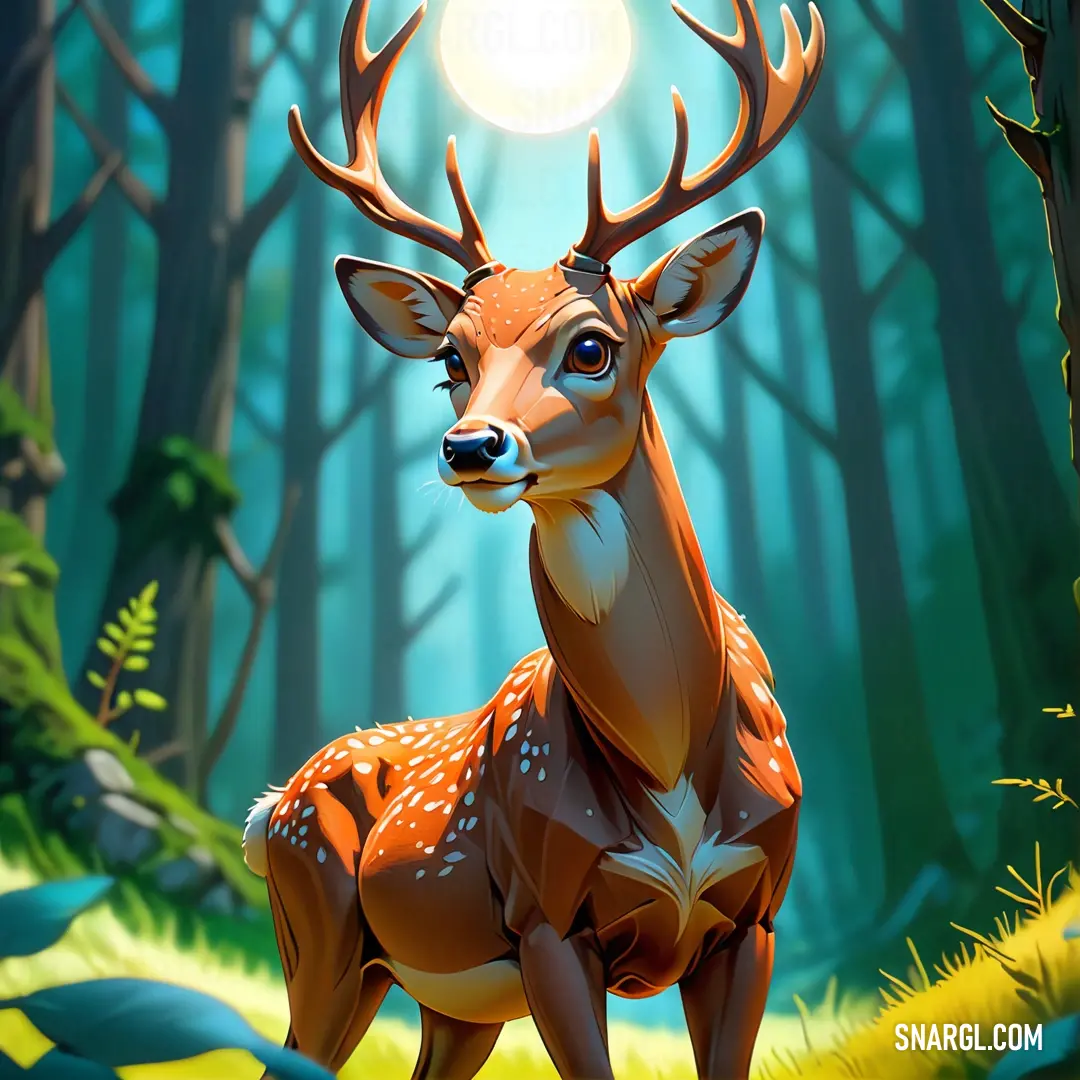
See these colors in NCS, PANTONE, RAL palettes...
What does the Deer look like?
There are about 60 species of deer, and they vary in size, color, and shape.
However, most deer have some common features, such as:
Antlers: These are bony growths on the head that are shed and regrown every year.
Antlers are usually present only in male deer, except for reindeer, where both sexes have them.
They are used for fighting, display, and defense.Hooves: These are hard, keratinized structures on the feet that help deer walk on different terrains.
Deer have two large and two small hooves on each foot, which are called cloven hooves.
Hooves also make clicking sounds when deer walk, which may help them communicate with each other.Fur: This is the hair covering the body of deer, which provides insulation, camouflage, and protection.
Fur color and pattern vary among deer species, but generally, deer have brown or gray fur with white spots or stripes.
Some deer change their fur color according to the season, becoming darker in winter and lighter in summer.Tail: This is a long, thin appendage at the rear end of the body, which deer use for signaling, balance, and grooming.
Tail color and length also vary among deer species, but usually, deer have a white underside of the tail, which they flash when they are alarmed or fleeing.Ears: These are large, movable organs on the sides of the head, which deer use for hearing and communication.
Ears are sensitive to sounds and can detect predators or other deer from far away.
They also express emotions, such as alertness, curiosity, or fear.
Example of the color palette for the image of Deer
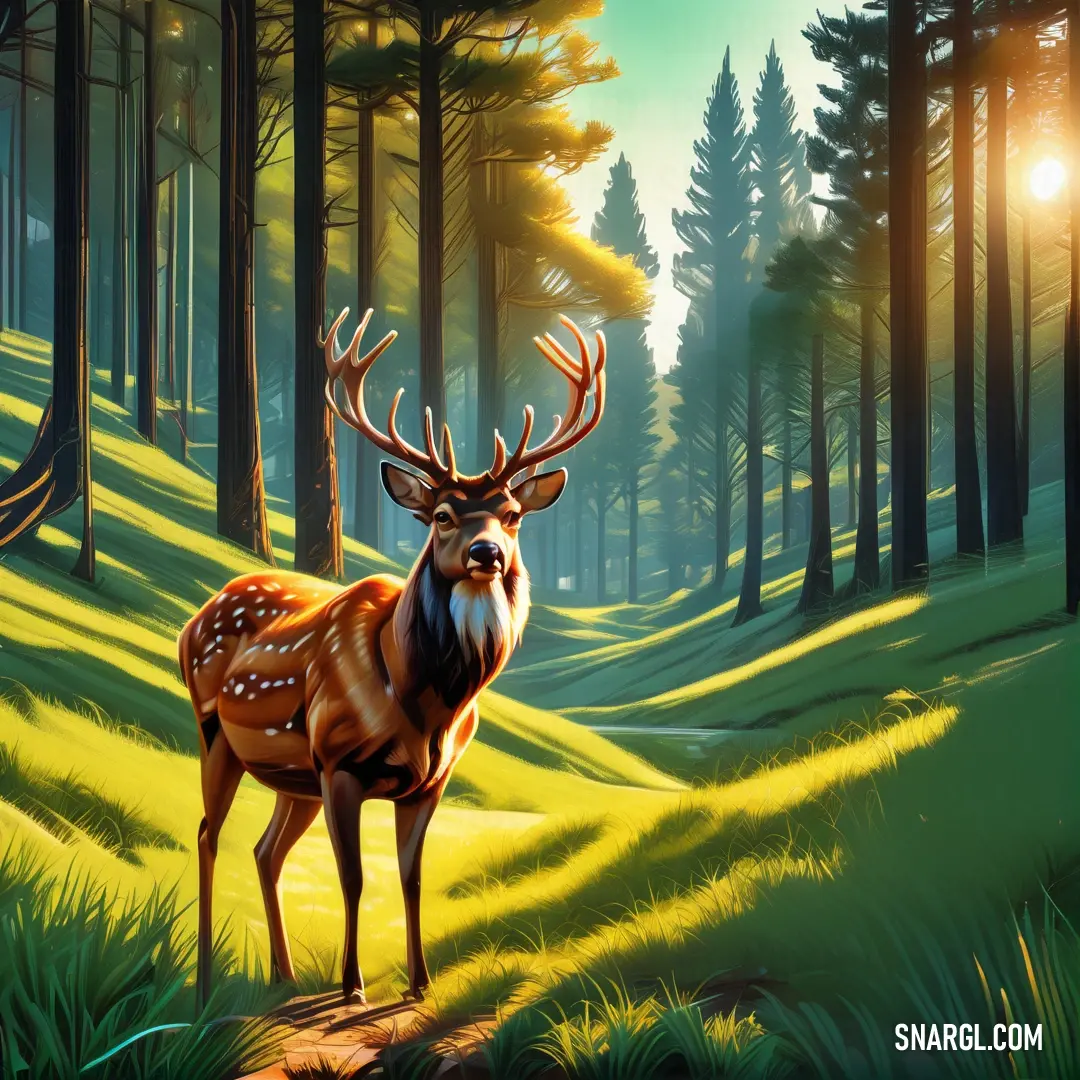
See these colors in NCS, PANTONE, RAL palettes...
The Deer and the Woven Grass Mat
One fine day, Wilder and Pepper stumbled upon an unusual sight - a beautiful woven grass mat, adorned with intricate patterns that glistened under the sunlight. The mat was placed on a little hill, and its colors danced like a vibrant festival of nature's artistry. Pepper was immediately enchanted by the mat and its allure.
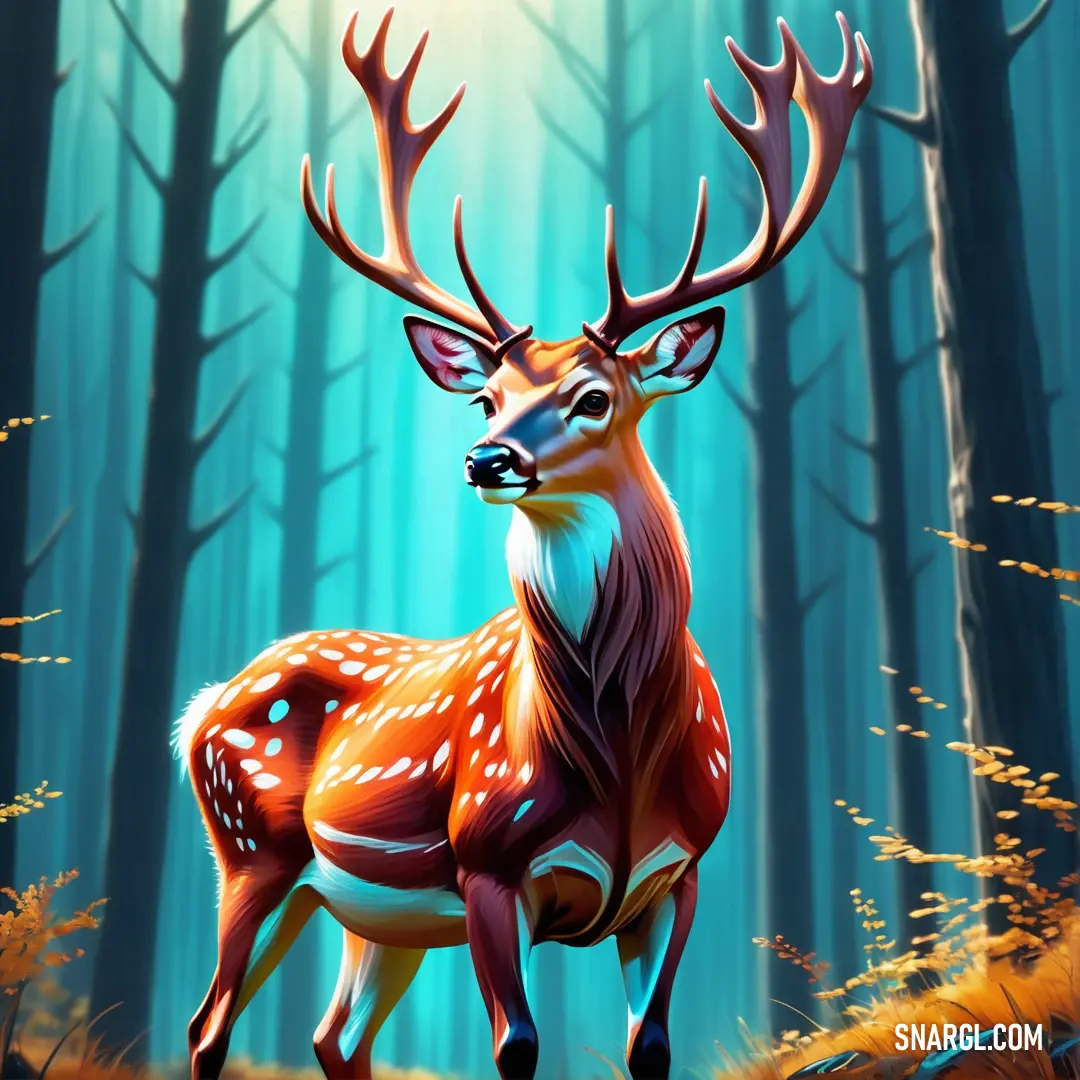
"This is magnificent!" exclaimed Pepper, her eyes wide with admiration. "I've never seen anything so splendid."
Wilder, chuckling at Pepper's excitement, said, "It does look quite special. But remember, my friend, it's just a mat. We shouldn't let it distract us from our walk."
However, Pepper was captivated. "Please, Wilder, can we take it with us? I'd love to place it under the big oak tree in the meadow. It would make a perfect resting spot!"
Wilder, always up for a little adventure, agreed. So, with a gentle tug, they began their journey, mat in tow. Yet, carrying the mat proved more challenging than anticipated. It was neither light nor small, and as they ventured along the winding path, the mat seemed to have a mind of its own.
The mat wriggled and twisted, often tangling in branches and bushes. At one point, it even tried to cling to a curious squirrel who mistook it for a cozy nest. Pepper, ever the enthusiast, tried to help by leaping gracefully over obstacles, but her excitement only added to the chaos. Wilder laughed heartily as he wrestled with the unruly mat.
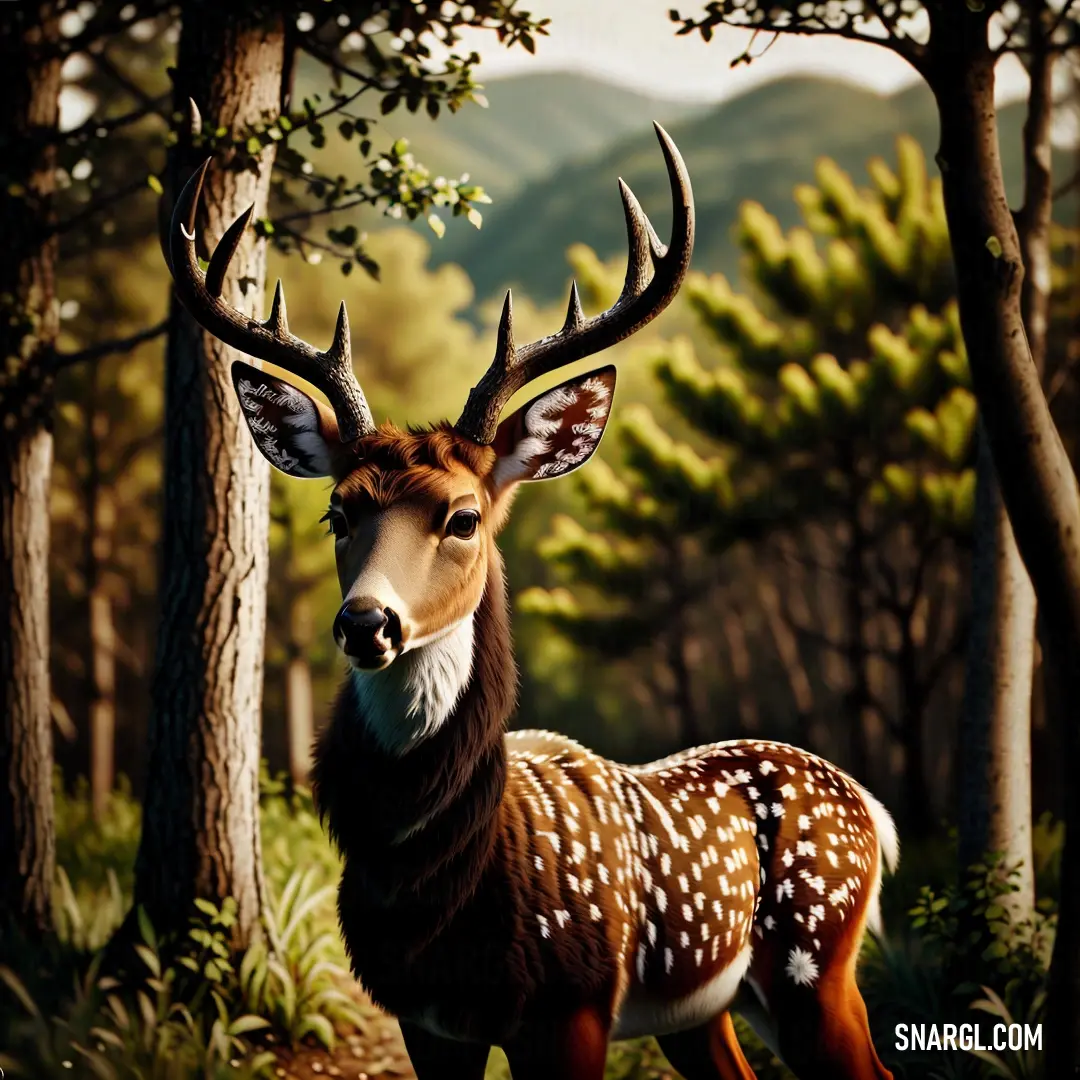
As they continued, they met various animals of the forest - beavers, rabbits, and even a wise old owl. Each creature admired the mat and offered their own advice. The beavers suggested they weave it into the dam, the rabbits wanted to use it as a play area, and the owl proposed hanging it in the treetops as a colorful canopy.
Despite their well-meaning advice, the mat was too stubborn and continued its antics. Wilder and Pepper, determined and somewhat bewildered, pressed on. After a series of amusing escapades - like getting the mat tangled in the reeds of a stream and nearly rolling down a hill - they finally reached the meadow and the big oak tree.
Pepper, exhausted but triumphant, laid the mat under the oak. As they rested on it, the mat seemed to settle down and relax, as if it had finally found its true home. The colors shimmered in the dappled sunlight, creating a tapestry of nature and joy.
Wilder looked at Pepper and said with a grin, "You know, Pepper, I think this mat was meant for this meadow all along. It has made our adventure so much more memorable!"
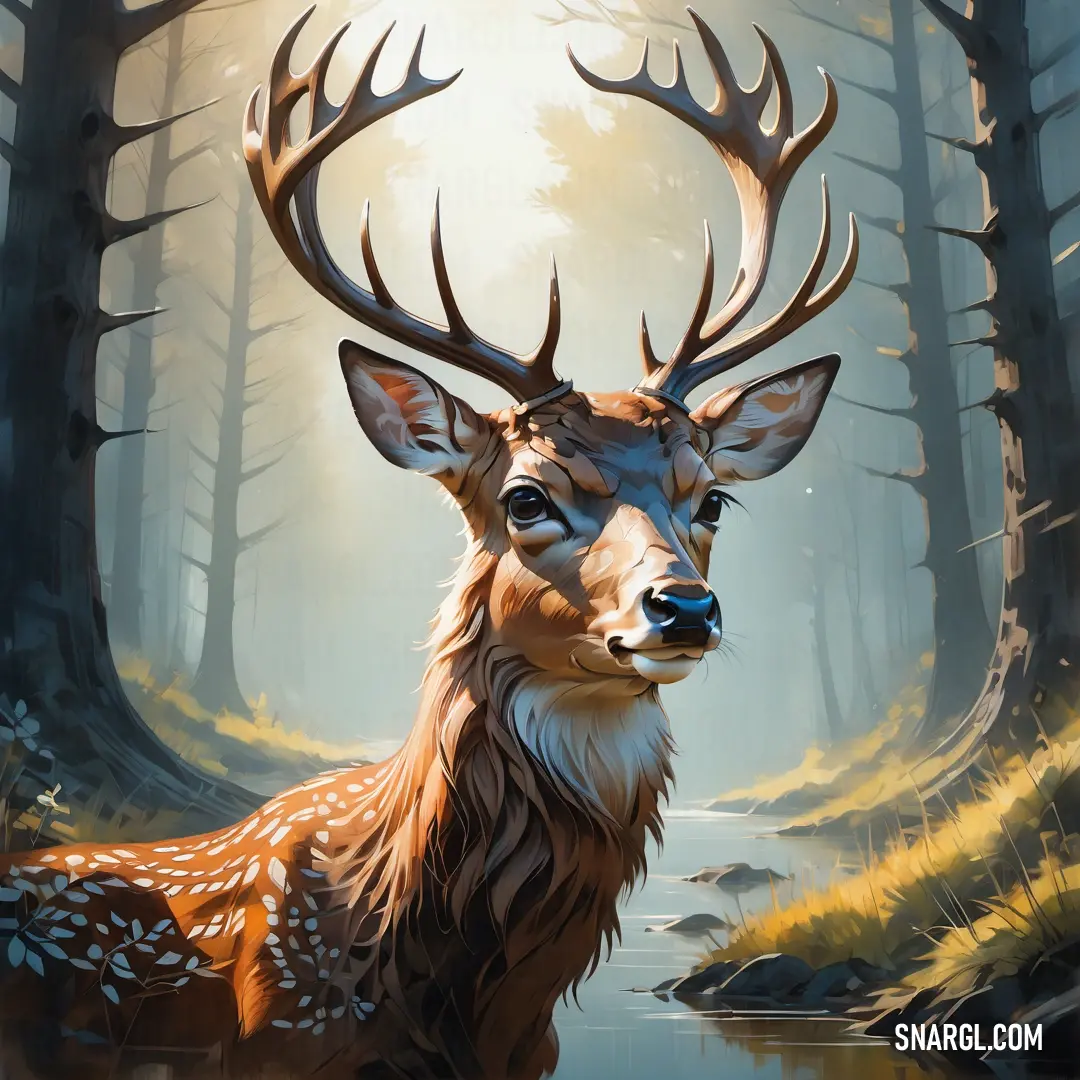
Pepper, beaming with satisfaction, replied, "I suppose you're right, Wilder. Sometimes, the joy is in the journey, not just in the destination."
And so, Wilder and Pepper enjoyed a peaceful rest on the mat, surrounded by the beauty of the meadow. The mat had become a symbol of their shared adventure, and its presence brought a sense of contentment to the valley.
From that day on, every time they passed by the meadow, they would smile at the woven grass mat and remember their hilarious and heartwarming pursuit. The mat had woven its way into their hearts, just as they had woven their way into each other's lives. And so, the valley echoed with laughter and cheer, reminding everyone that sometimes, the most delightful adventures are those that make you laugh and cherish the journey.

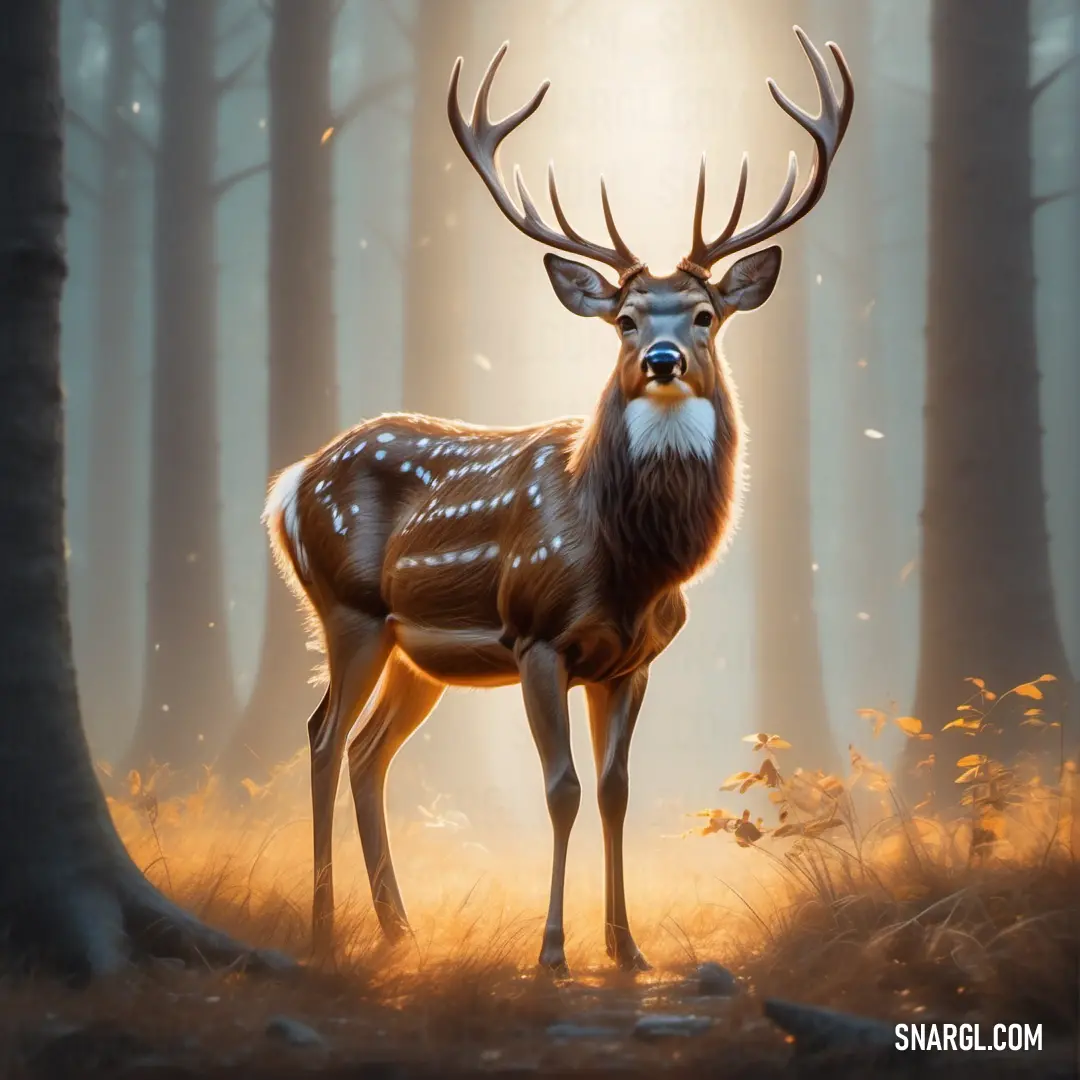
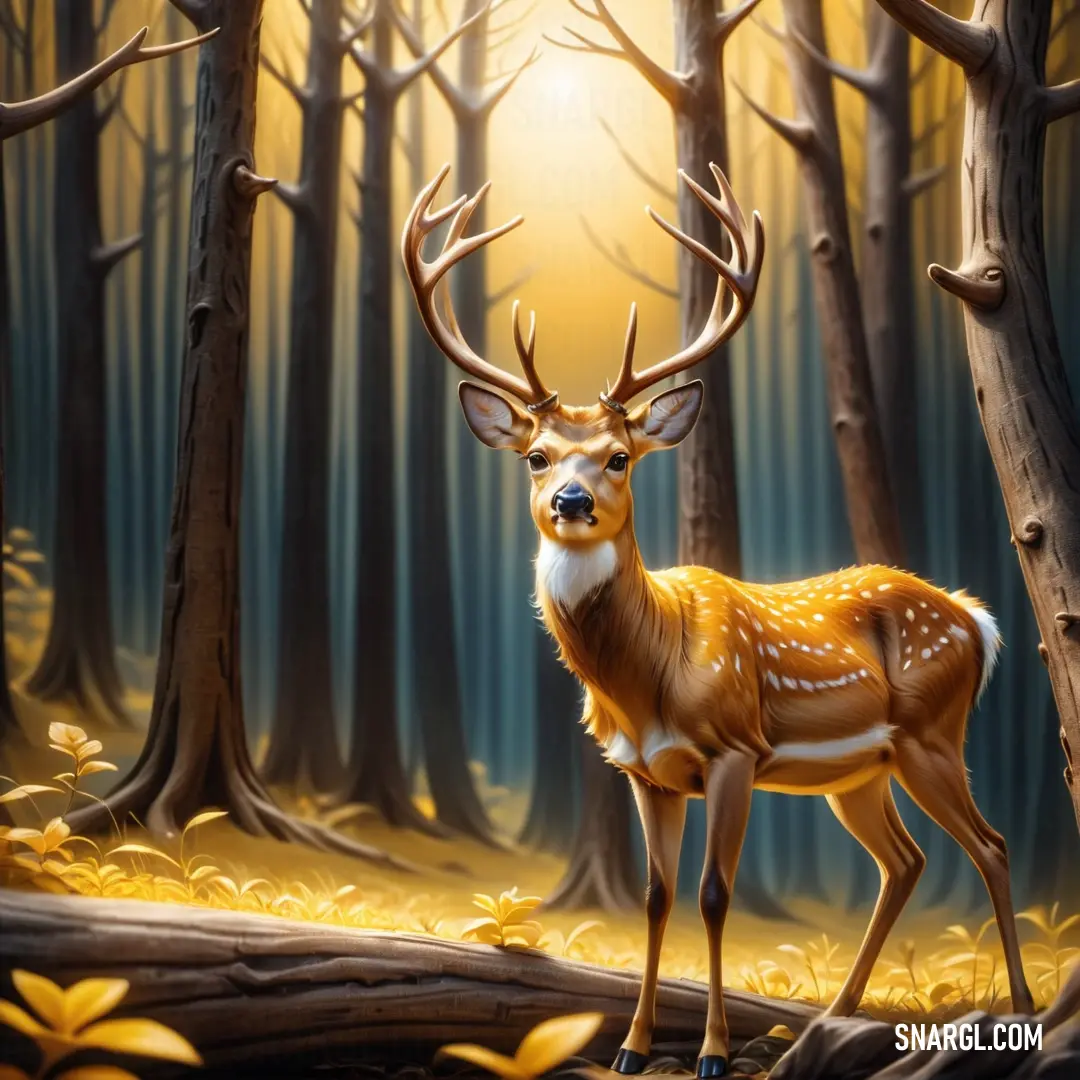
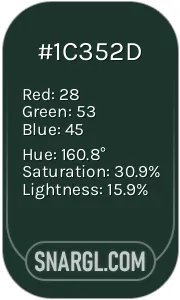 Medium jungle green
Medium jungle green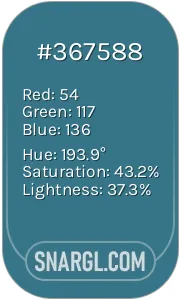 Teal blue
Teal blue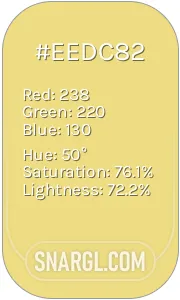 Flax
Flax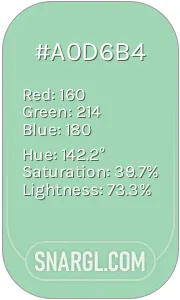 Turquoise green
Turquoise green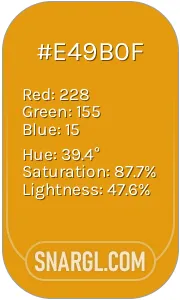 Gamboge
Gamboge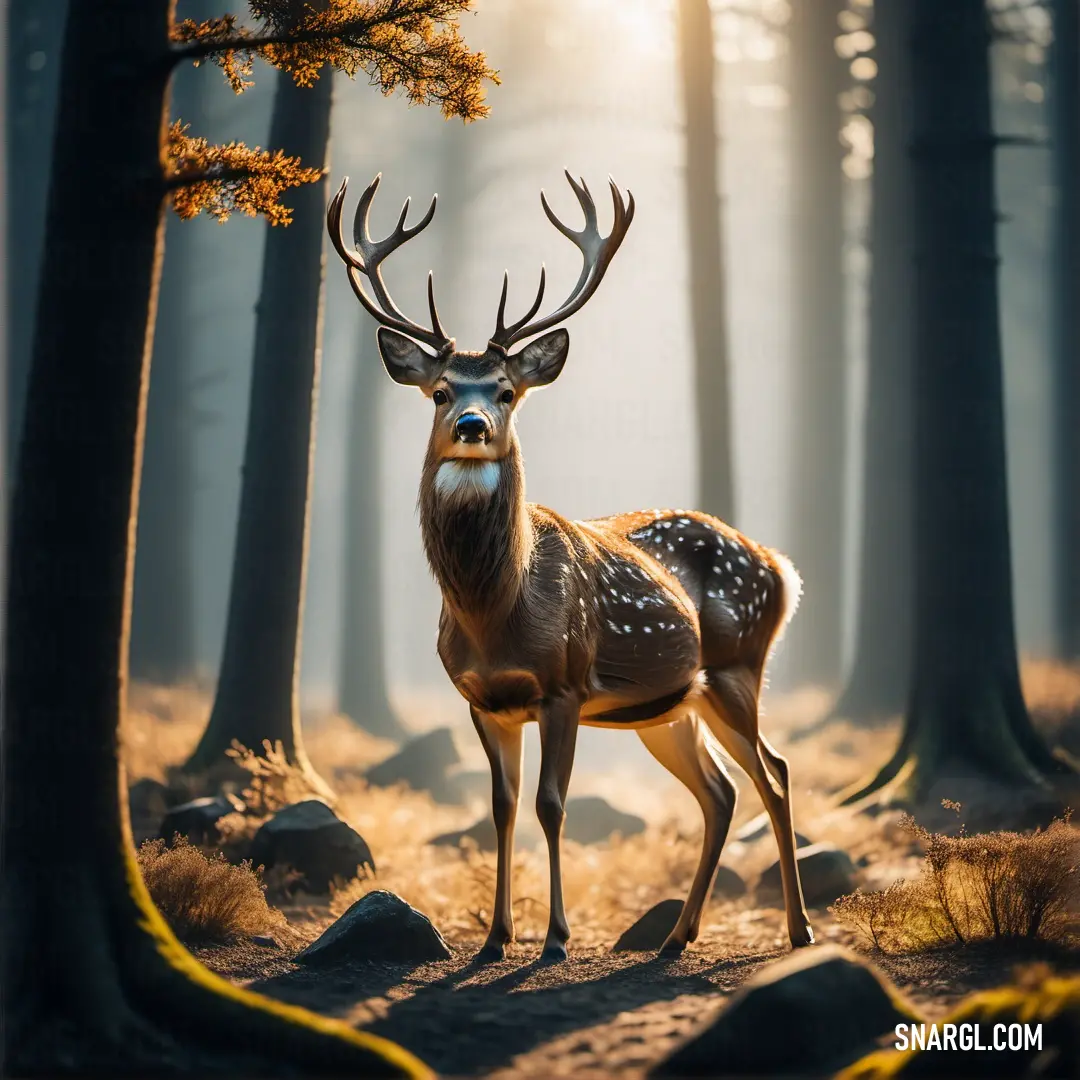
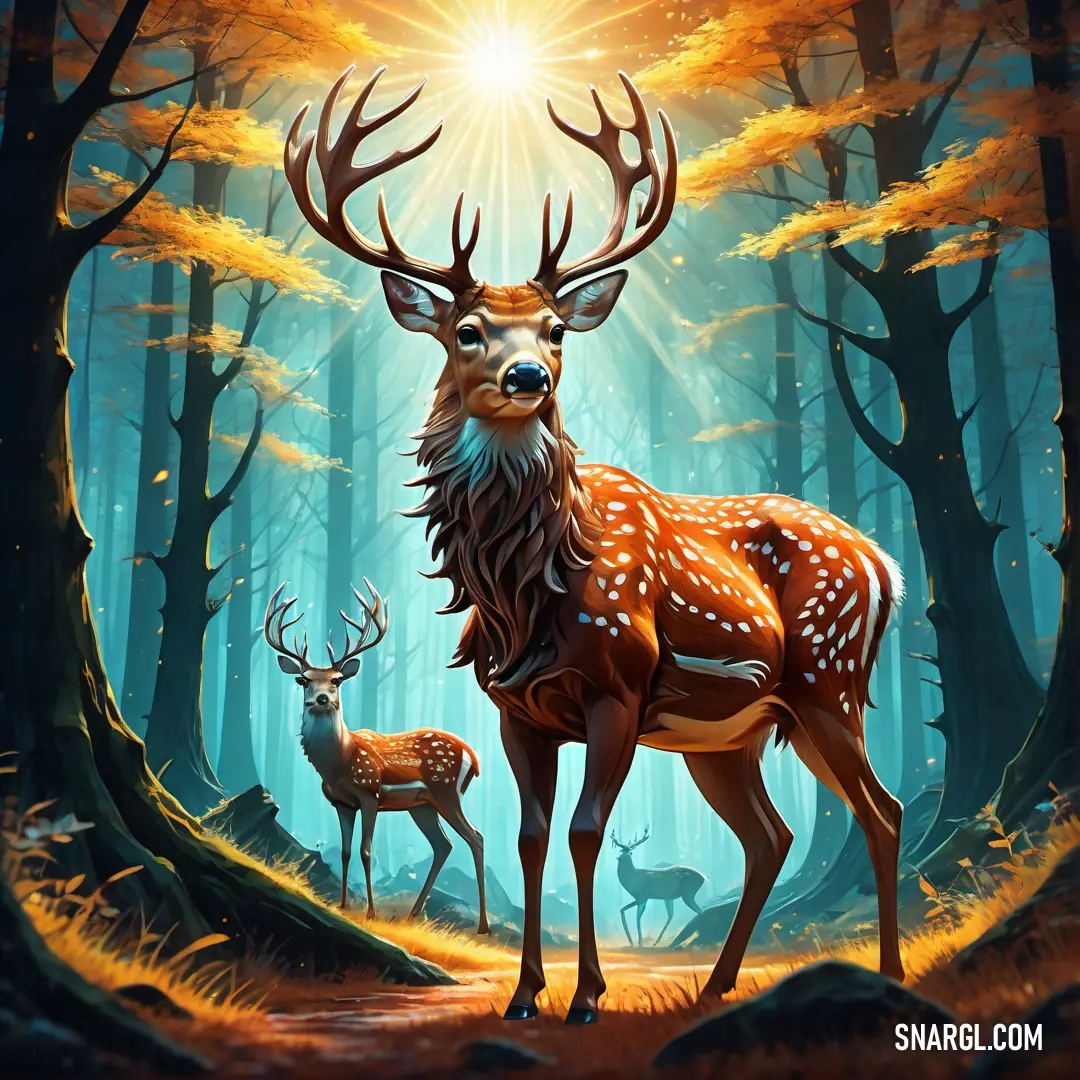
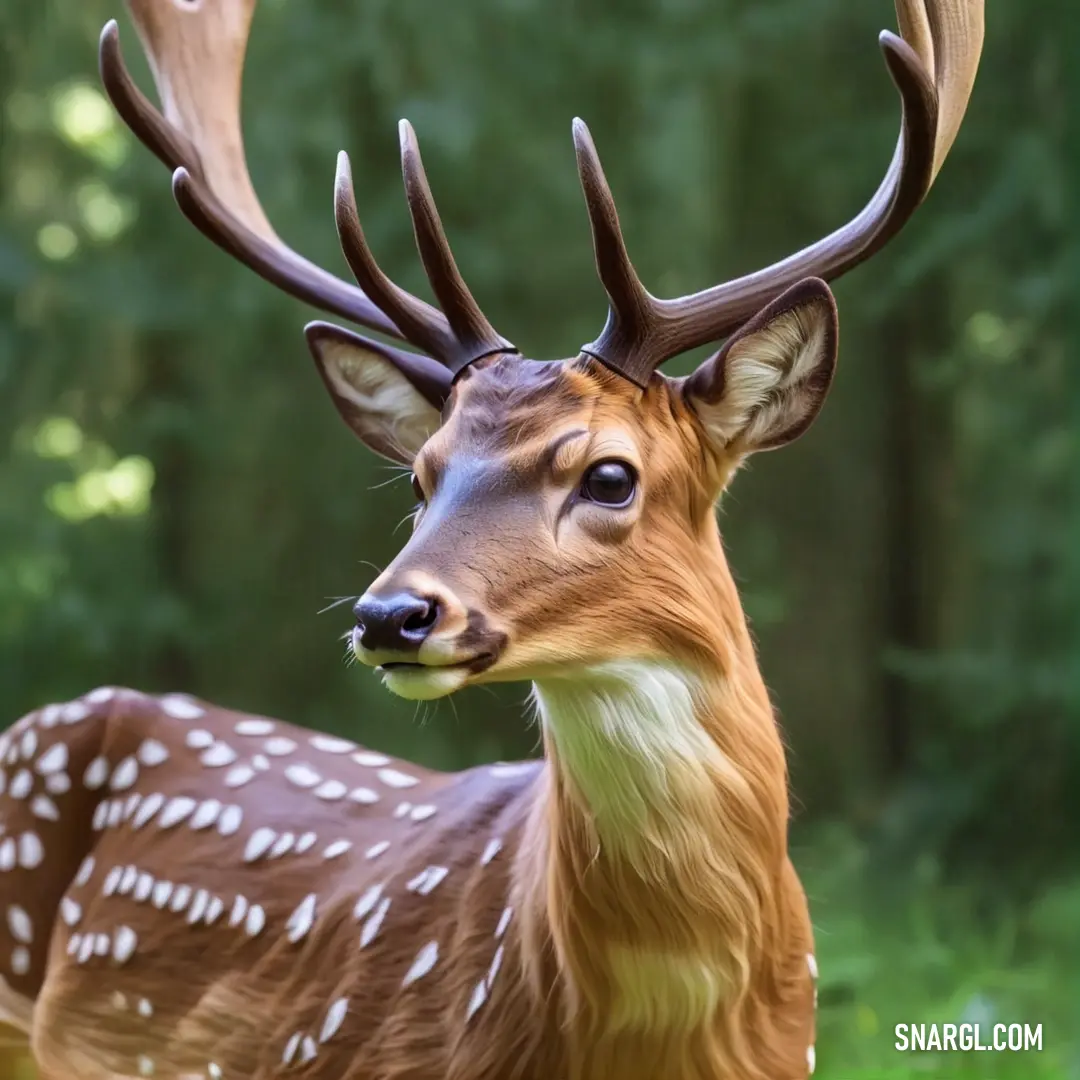
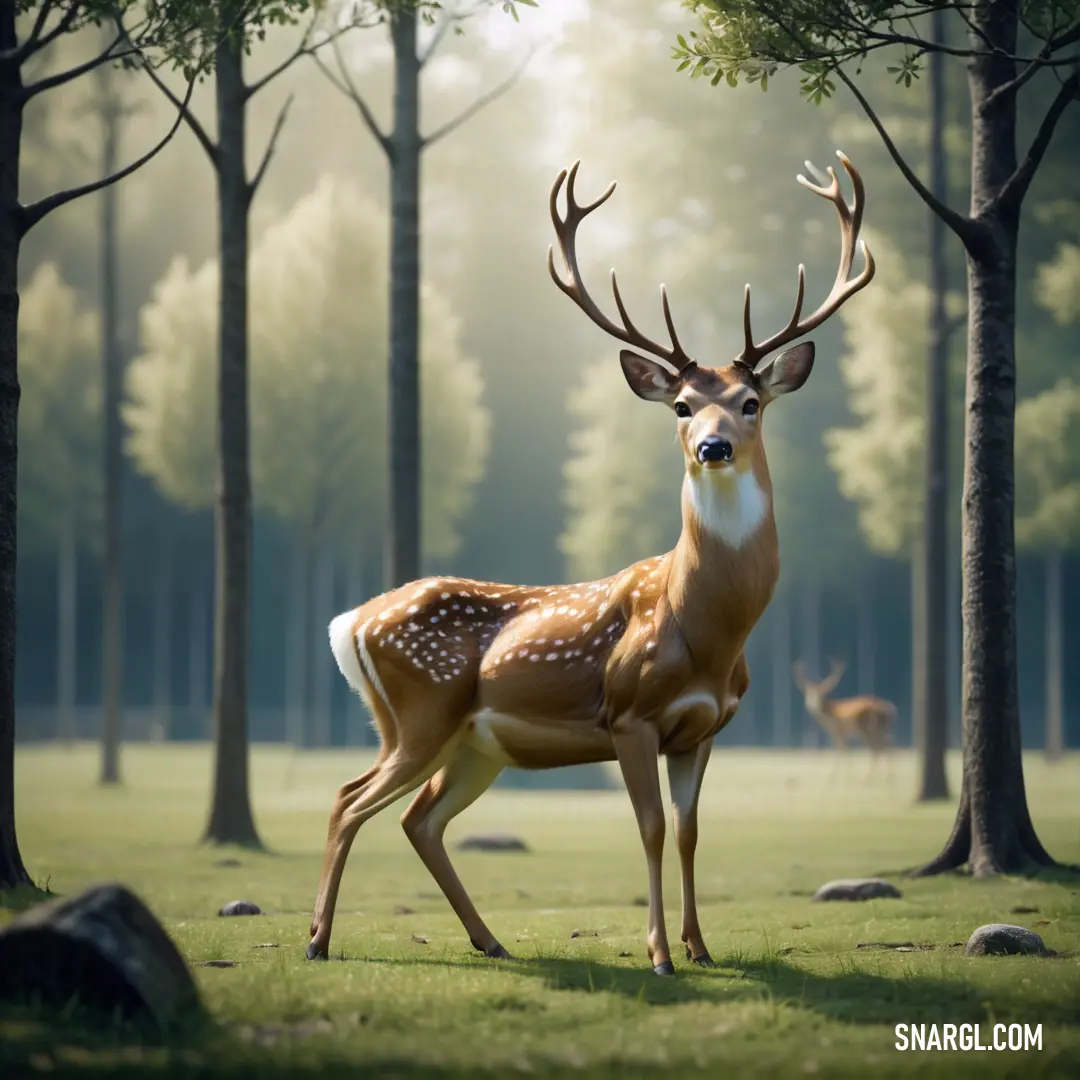
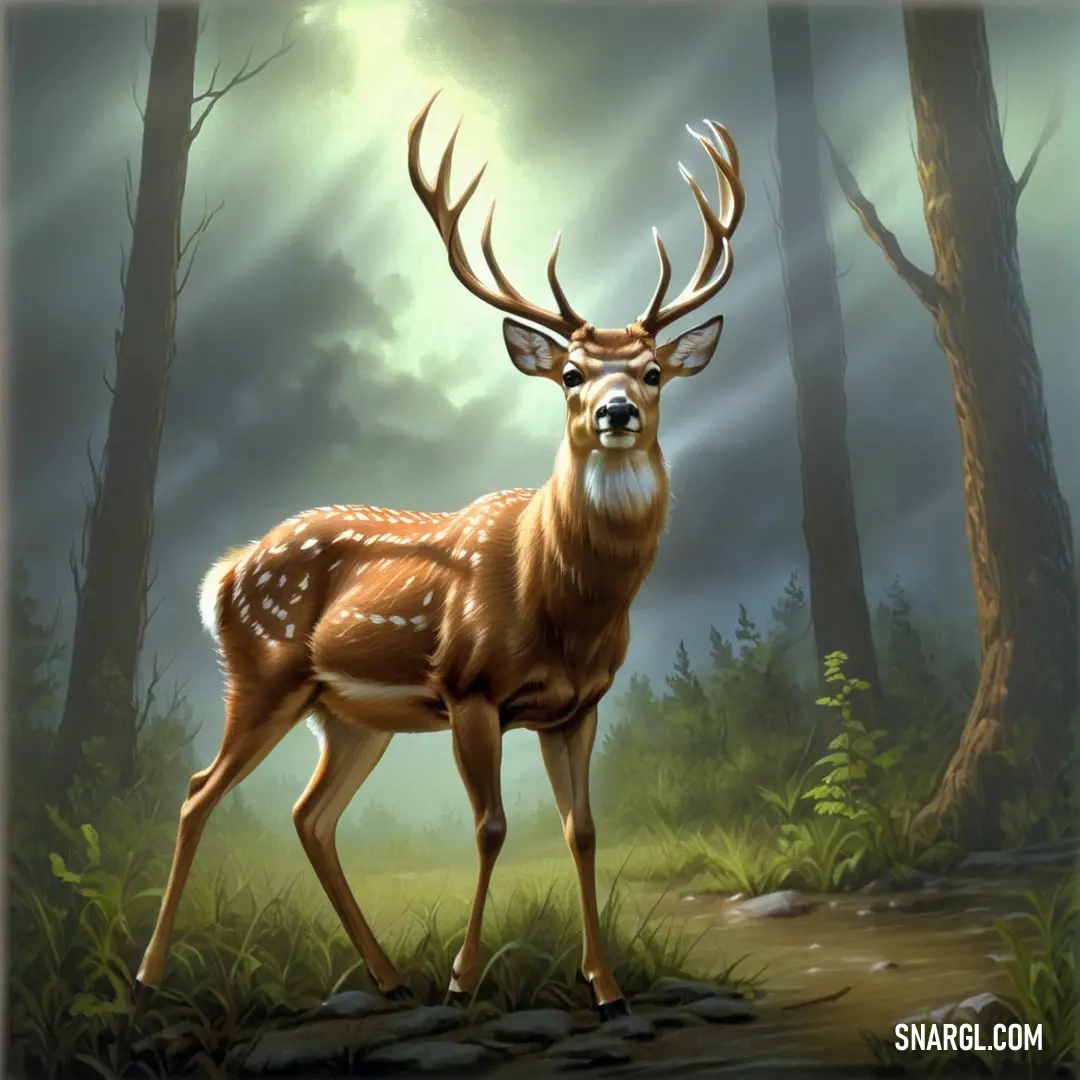
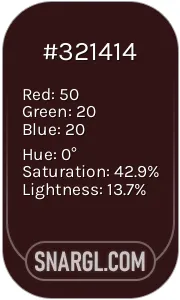 Seal brown
Seal brown Deep jungle green
Deep jungle green Verdigris
Verdigris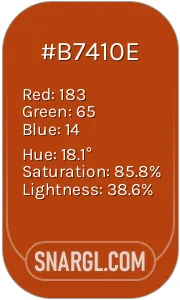 Rust
Rust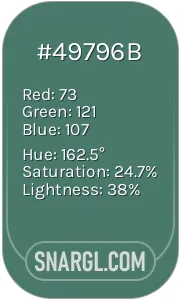 Hooker green
Hooker green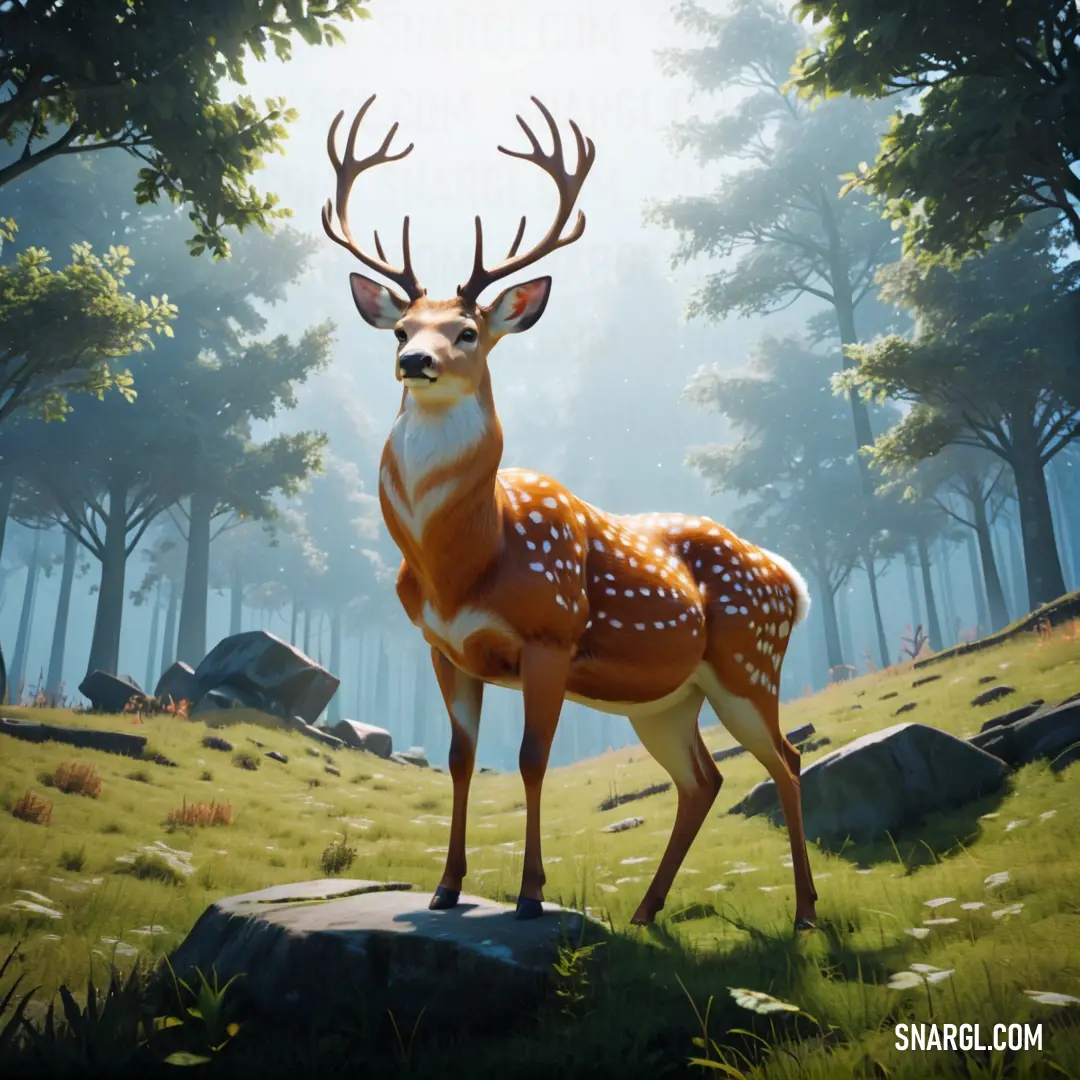
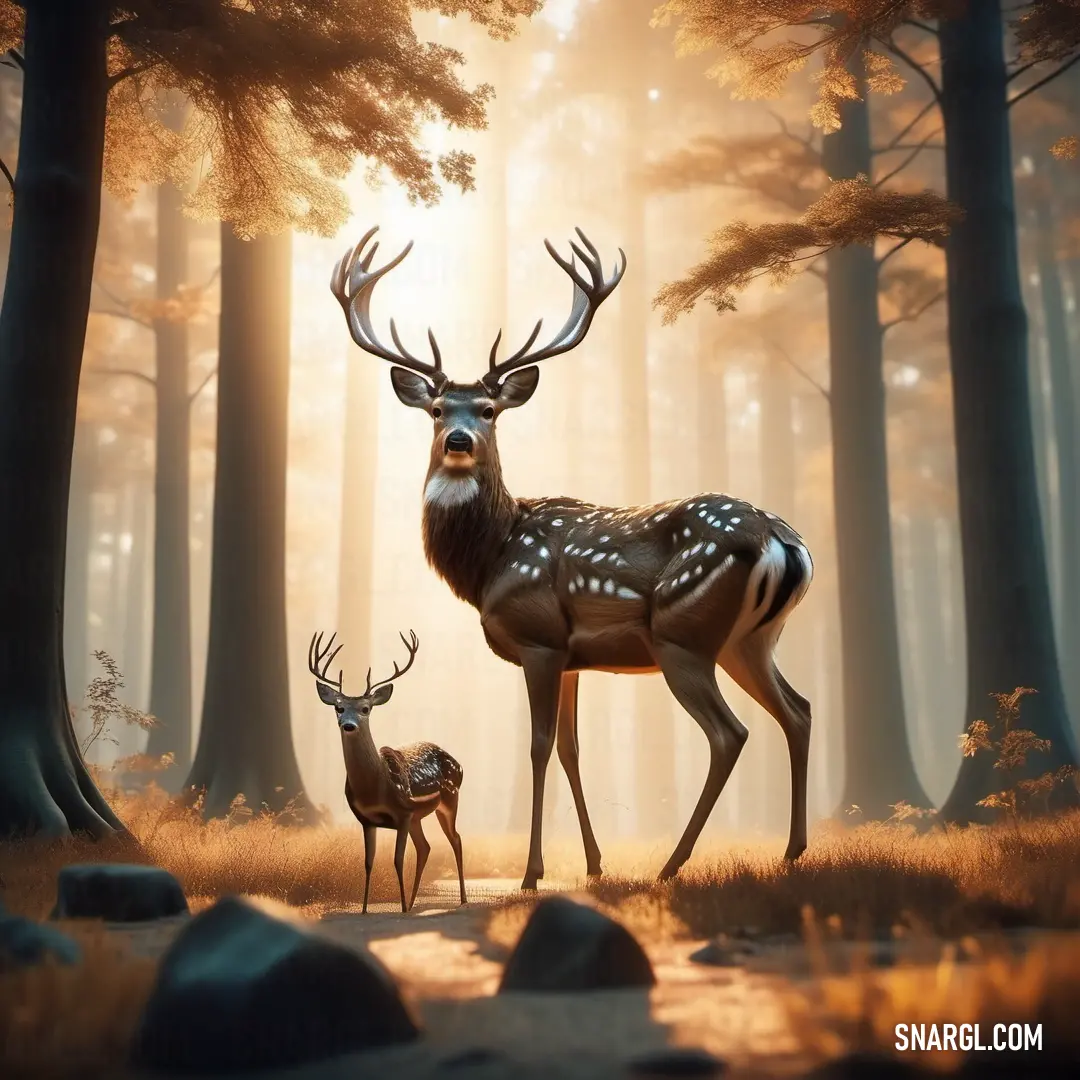
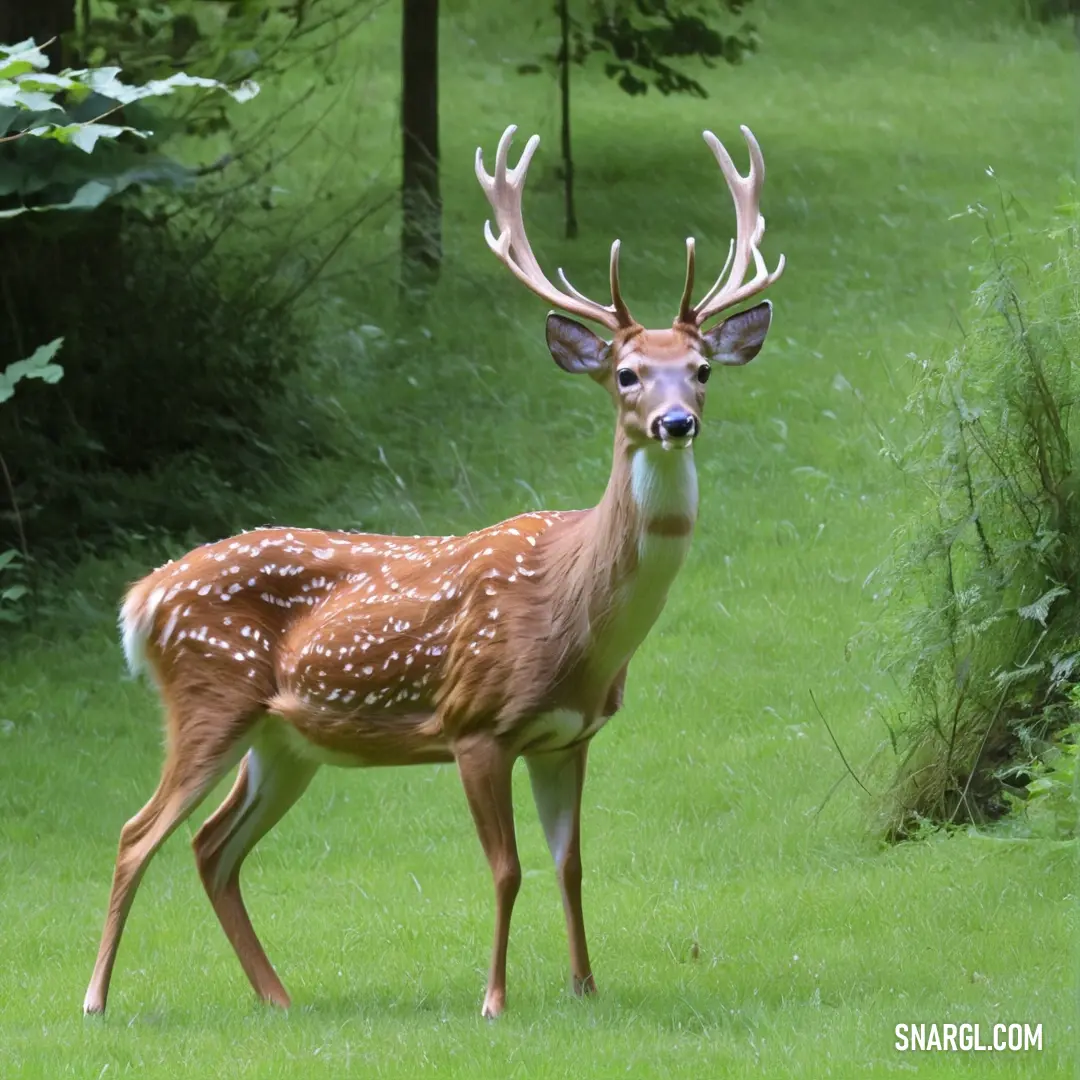
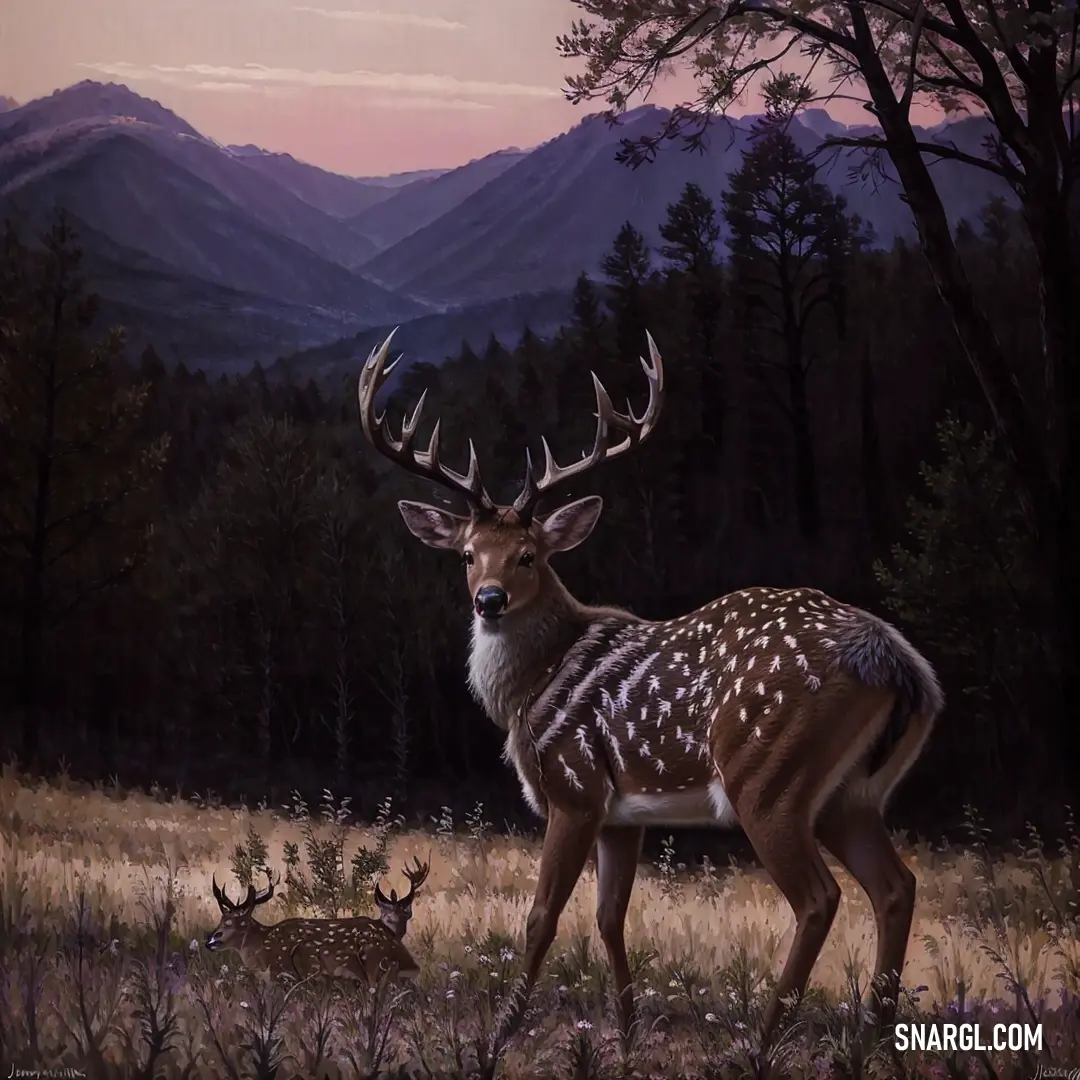
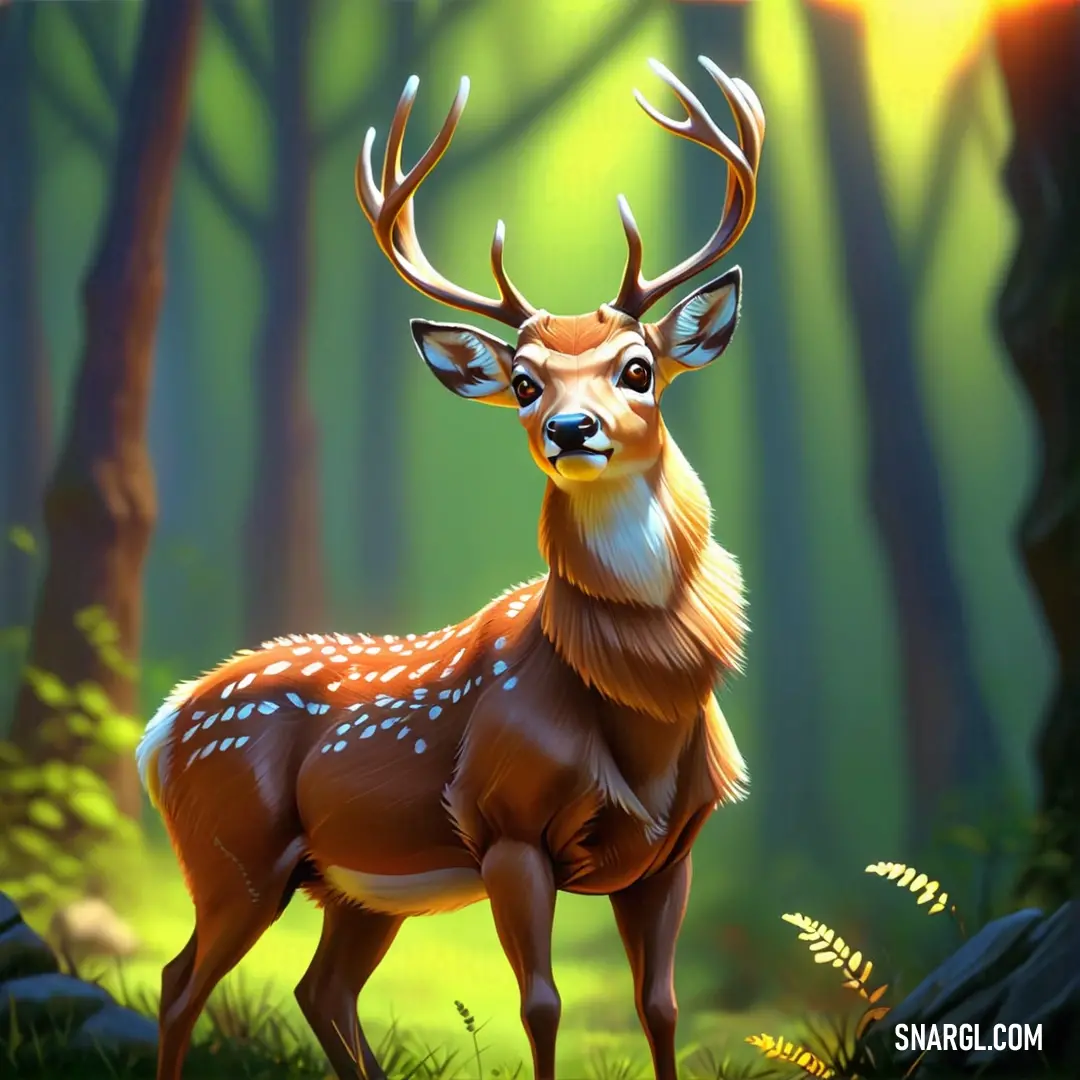
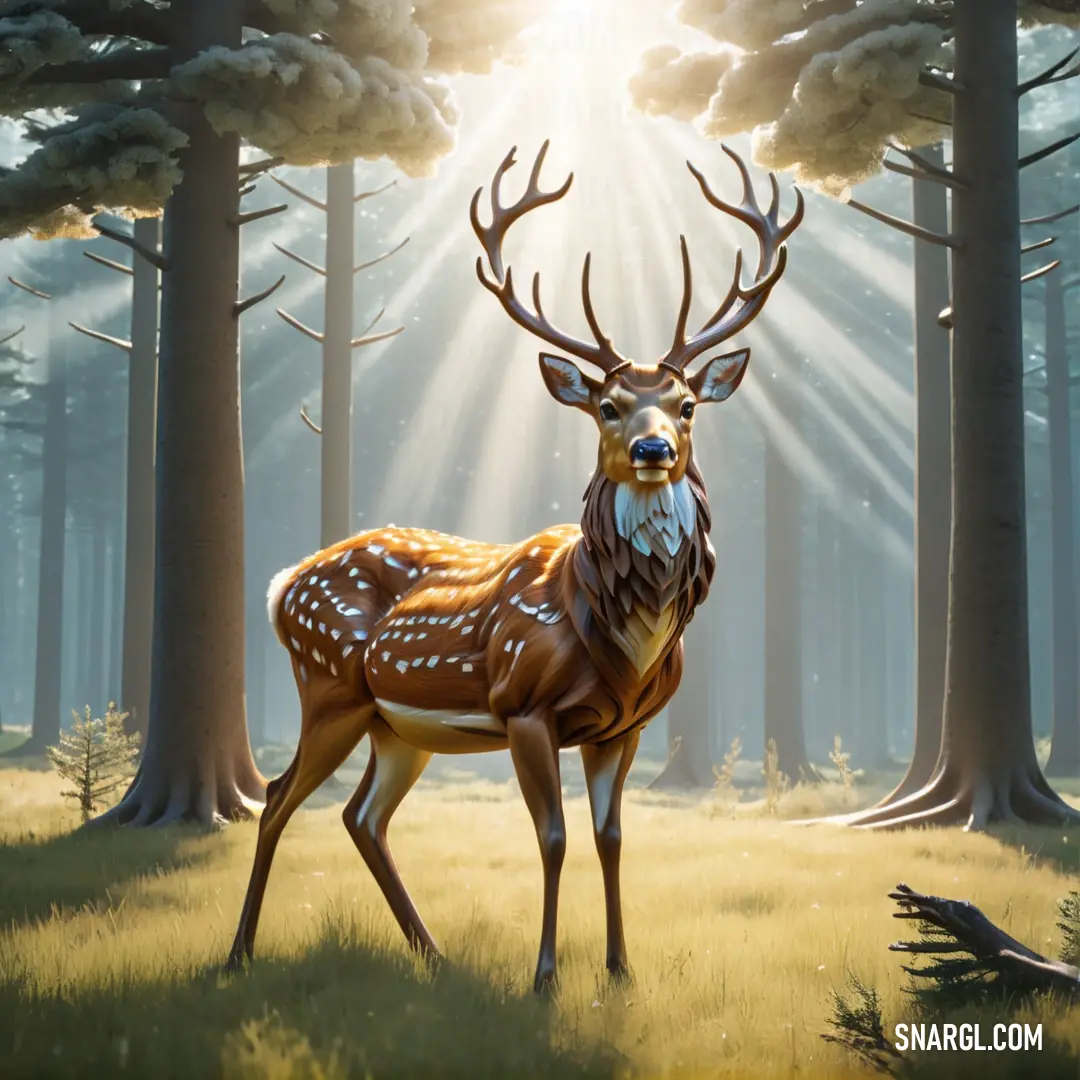
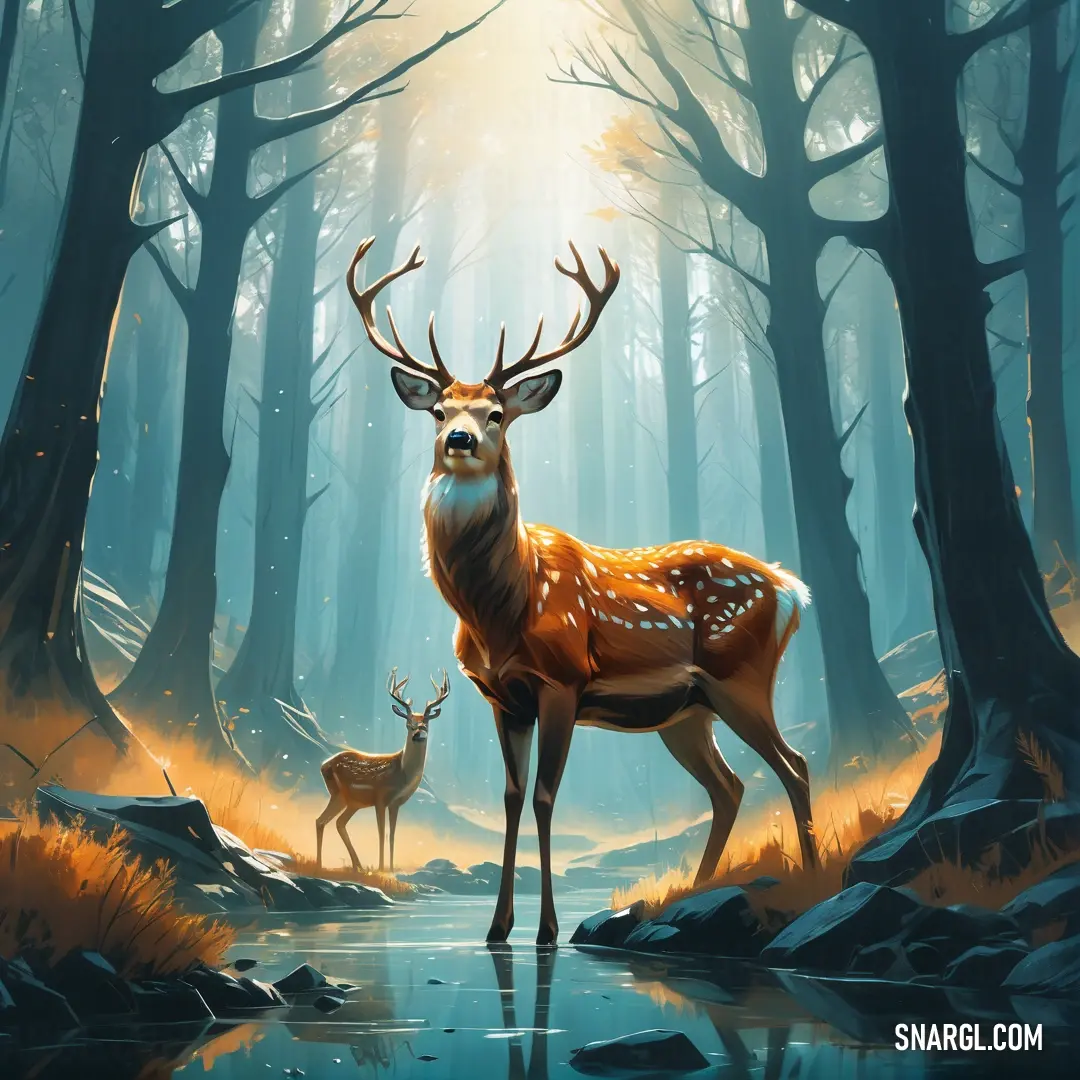
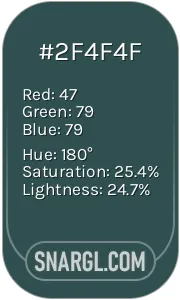 Dark slate gray
Dark slate gray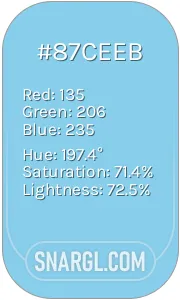 Sky blue
Sky blue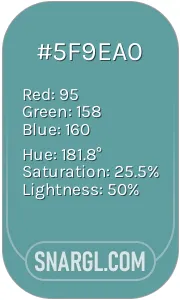 Cadet blue
Cadet blue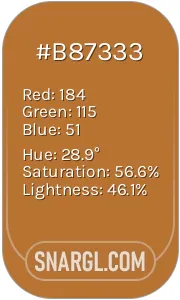 Copper
Copper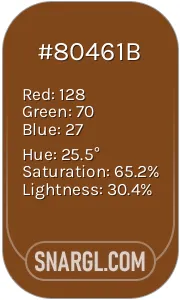 Russet
Russet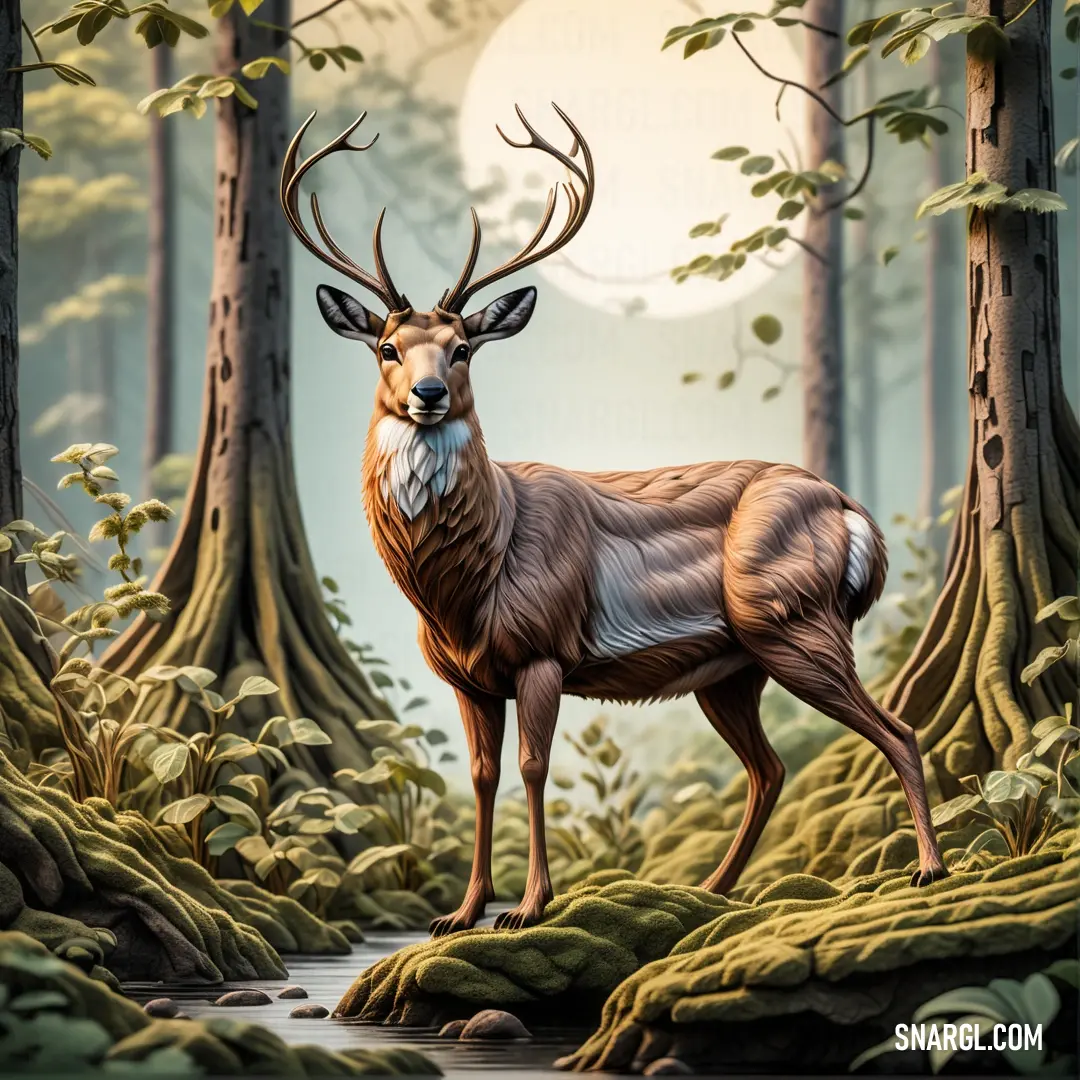
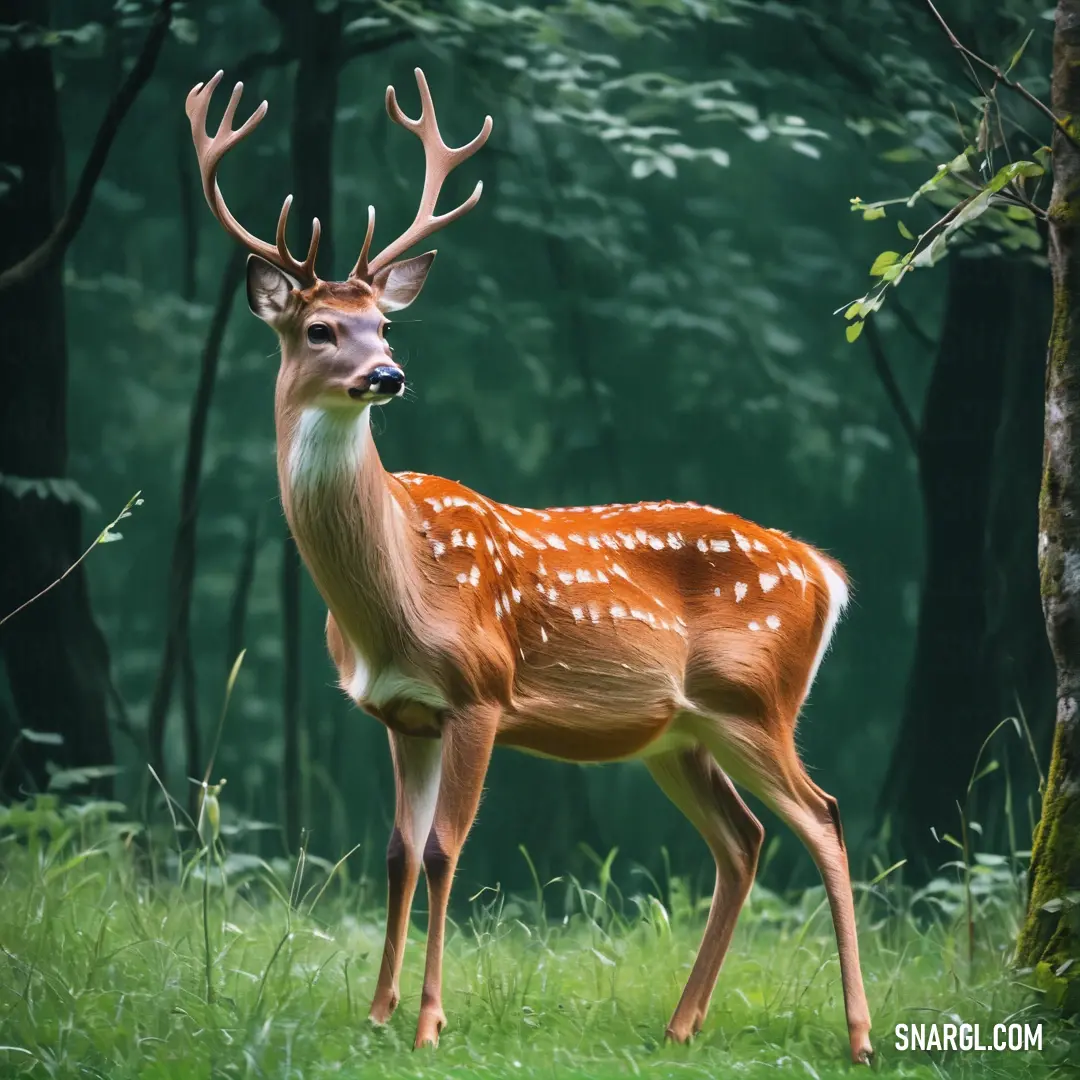
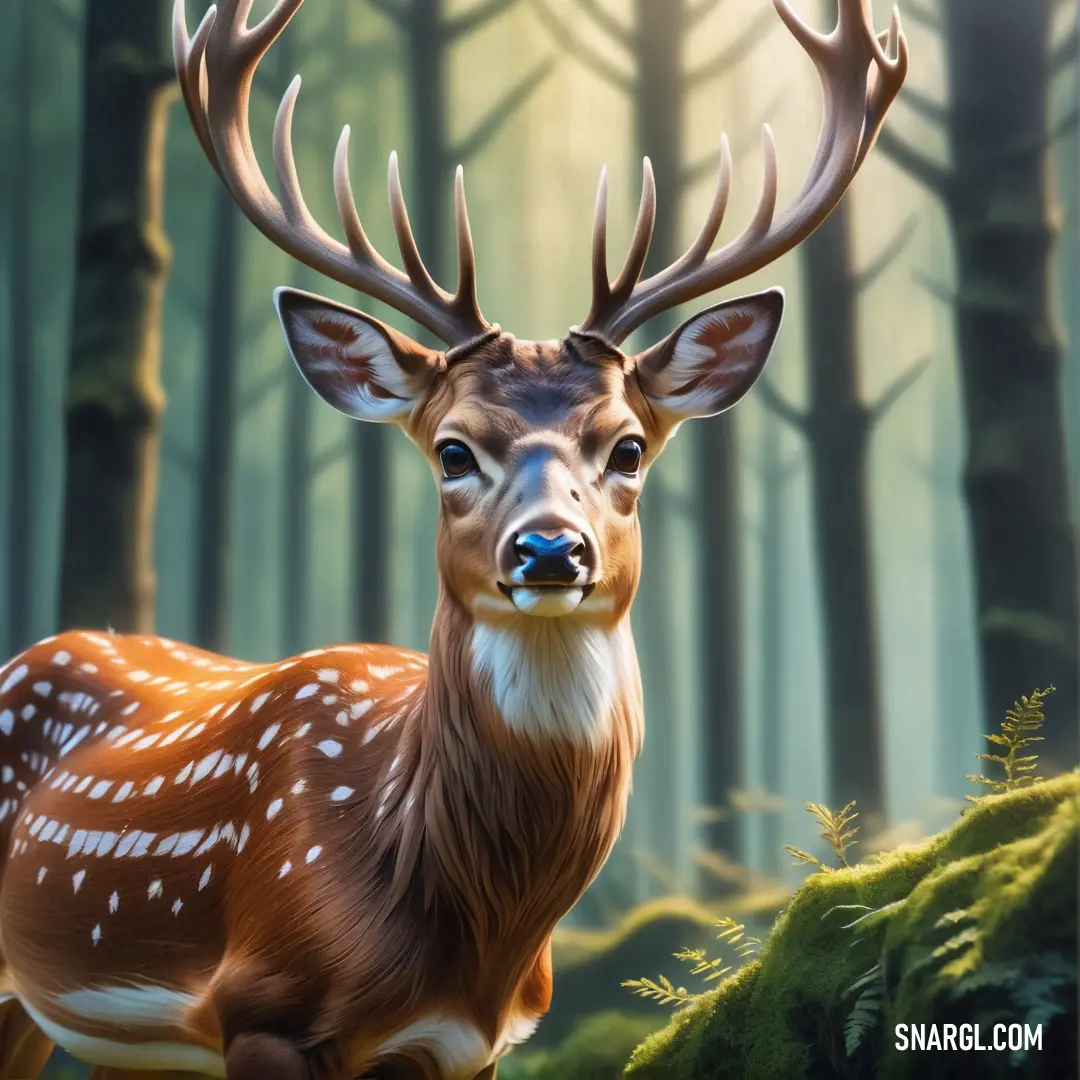
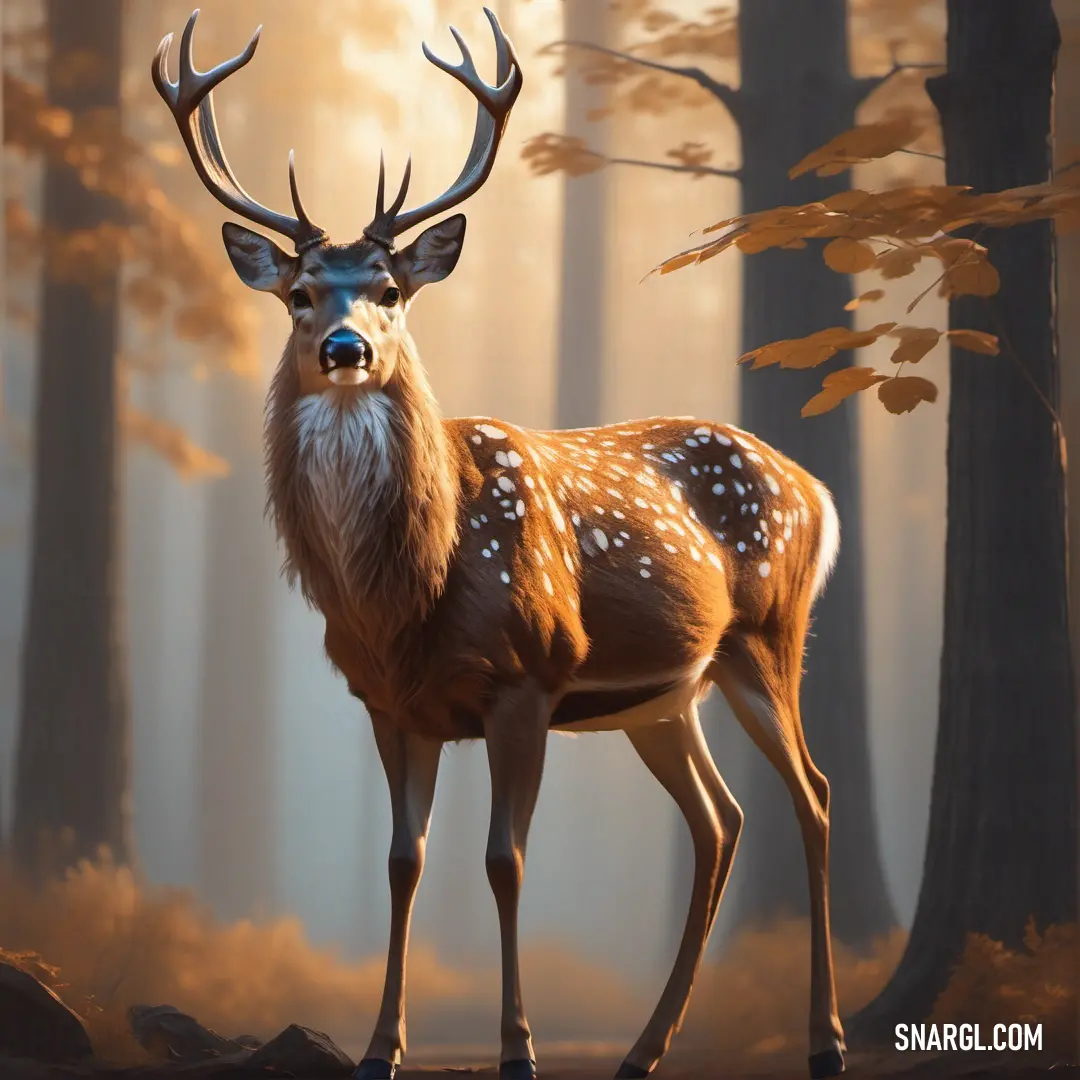
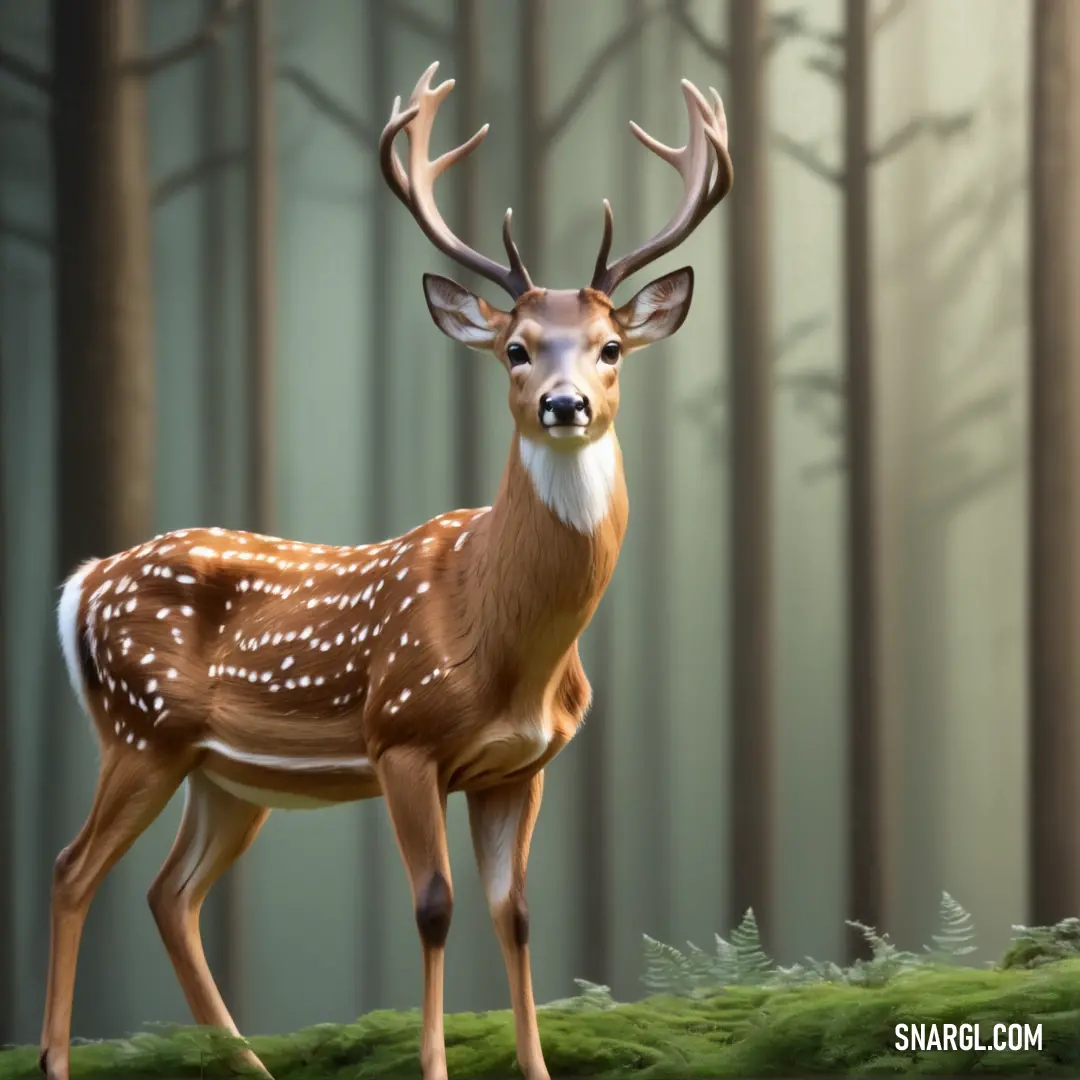
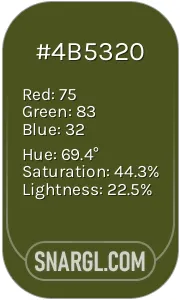 Army Green
Army Green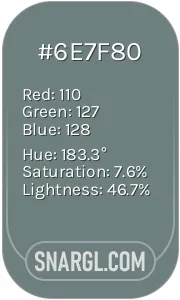 AuroMetalSaurus
AuroMetalSaurus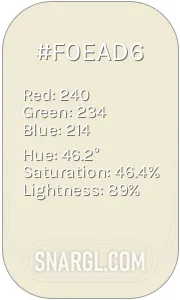 Eggshell
Eggshell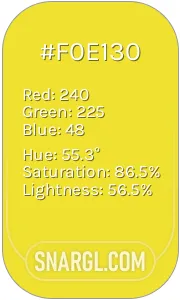 Dandelion
Dandelion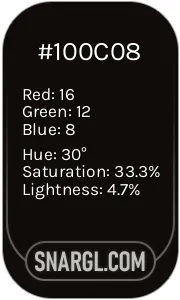 Smoky black
Smoky black







